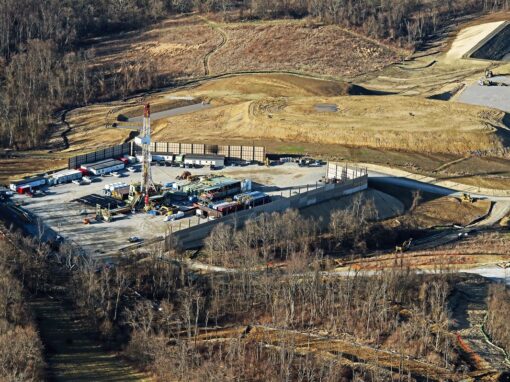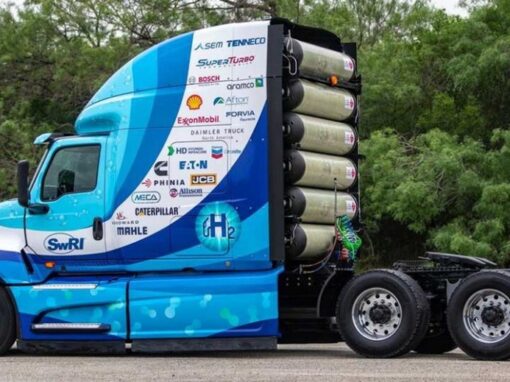On November 13, the U.S. Department of Energy (DOE) released the latest edition of its Pathways to Commercial Liftoff Report on Sustainable Aviation Fuel (SAF). The report is meant to provide an overview of the current SAF market landscape as well as actions needed to bring the technology to scale.
As the aviation sector looks to reduce its carbon footprint, electric and hydrogen planes have an important role, particularly with smaller planes and shorter flight distances. However, to achieve broader decarbonization, SAF offers a promising solution to reducing emissions in long-haul aviation. In the latest edition of its Pathways to Commercial Liftoff series, DOE explored how SAF can be scaled to meet the growing demand for lower carbon alternatives to jet fuel.
SAF refers to biofuels used to power aircraft that has similar properties to conventional jet fuel but with a smaller carbon footprint. Chemically, it is similar to fossil jet fuel, and it can be transported, stored, and burned nearly identically. However, unlike fossil jet fuel made from kerosene, SAF is made from biomass, waste or clean synthetic resources. Depending on the feedstock and technologies used to produce it, SAF can reduce life cycle GHG emissions dramatically compared to conventional jet fuel.
Hydrogen serves a dual role, functioning as a critical input in SAF production pathways such as Power-to-Liquid (PtL) and as a potential fuel source for short-haul flights. As such, growing the SAF market allows for the growth of the hydrogen market at large.
Key Points:
1. Hydrogen in SAF Production
The PtL pathway uses green hydrogen and captured CO2 to create SAF with minimal emissions when powered by clean electricity and direct air capture.
PtL is energy-intensive, requiring 100 kWh per gallon of SAF, and is dependent on the 45V hydrogen tax credit to offset high hydrogen costs ($5-7/kg).
2. Challenges of Hydrogen in SAF Production
SAF production requires significantly more hydrogen per gallon than renewable diesel (RD) and delivers lower carbon efficiency, making Hydro processed Esters and Fatty Acids (HEFA) facilities producing SAF 86% less efficient than those producing RD.
HEFA, the only commercially proven SAF production pathway, faces higher costs relative to RD, and highlights the need for policy-driven incentives and long-term agreements to drive scalability.
3. Policy and Market Support
International coordination on hydrogen-related SAF standards, carbon accounting, and feedstocks is crucial for global scalability.
DOE loan commitments and incentives like 45V, 45Y, and 48E are pivotal to reducing SAF production costs and fostering hydrogen adoption.
Conclusion:
Hydrogen can play a vital role in decarbonizing aviation through SAF production and as a potential fuel for short-haul flights. Strategic incentives including 45V, alongside further R&D funding and state-level incentives will be crucial to reduce not only the cost of hydrogen, but various derivatives like SAF to make them more economical.



